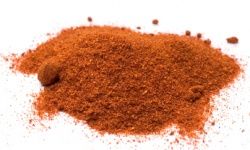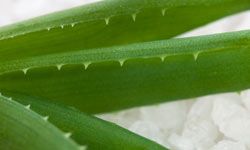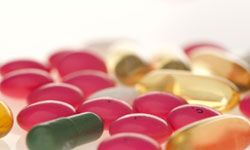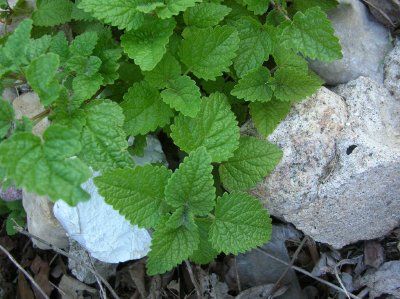It may only be the size of a pencil eraser, but a canker sore can be hard to ignore. You know it's there, and it hurts whenever you eat or drink.
Fortunately, a canker sore is usually a fairly short-lived misery, and there are a few home remedies you can employ to find some temporary relief.
Advertisement
First, however, you need to be able to tell the difference between a canker sore and a cold sore, or fever blister, which is caused by the herpes virus. A cold sore often begins as several tiny blisters that eventually form one larger sore. They appear most often on the lips and face.
In contrast, canker sores usually travel alone. And unlike a sore caused by the herpes virus, a canker sore is not contagious. A canker sore has a yellow or white-gray center with a well-defined red border. It generally measures three to five millimeters in diameter and is usually located on the inside of the lip or cheek or, less commonly, on the tongue. They hurt like the dickens, but usually they're not serious. The most painful phase lasts about three to four days, and the sores go away in about ten days.
(Note: Any white spot in your mouth that persists longer than ten days should be checked by your dentist or doctors, as it may indicate a serious medical condition.)
What causes canker sores? No one knows for sure, though they frequently afflict people who are fatigued or stressed out or who have poor diets. Not surprisingly, canker sores often crop up in the mouths of students taking final exams. Medical evidence also suggests that people taking certain drugs for rheumatoid arthritis may be more prone to developing cankers. And heredity is a factor, too. If both your parents were canker sore sufferers, there's a 90 percent chance you will be, too. Cankers may also occur as a result of a minor injury in the mouth, such as from a slip of the toothbrush or a jab from a taco shell. Certain foods, such as spicy dishes and citrus fruits, have also taken some of the blame.
About 20 percent of the population get canker sores occasionally, and women are more likely than men to suffer from them. Some women tend to get them at certain times of their menstrual cycle. Some people are predisposed to getting canker sores over and over.
Read on for home remedies that can provide relief so you don't have to be cranky from canker sores.
- Why Do I Get Canker Sores in My Mouth?
- 5 Lemon Juice Remedies for Sores
- Home Remedies A-Z
This information is solely for informational purposes. IT IS NOT INTENDED TO PROVIDE MEDICAL ADVICE. Neither the Editors of Consumer Guide (R), Publications International, Ltd., the author nor publisher take responsibility for any possible consequences from any treatment, procedure, exercise, dietary modification, action or application of medication which results from reading or following the information contained in this information. The publication of this information does not constitute the practice of medicine, and this information does not replace the advice of your physician or other health care provider. Before undertaking any course of treatment, the reader must seek the advice of their physician or other health care provider.
The brand name products mentioned in this publication are trademarks or service marks of their respective companies. The mention of any product in this publication does not constitute an endorsement by the respective proprietors of Publications International, Ltd. or HowStuffWorks.com, nor does it constitute an endorsement by any of these companies that their products should be used in the manner described in this publication.







